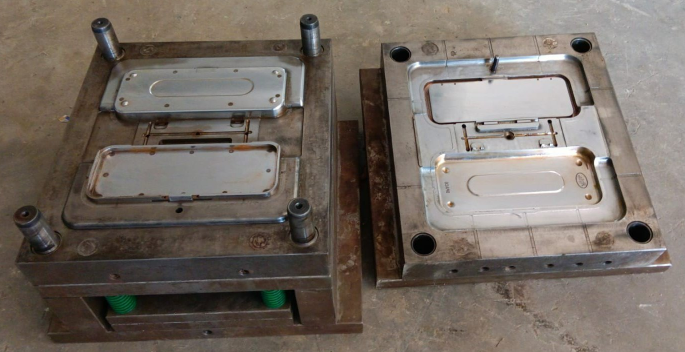மோல்ட் இரண்டாம் நிலை செயலாக்கத்தில் தரக் கட்டுப்பாட்டின் பங்கு
Quality control is an essential aspect of any manufacturing process, including mold secondary processing. Secondary processing refers to the various post-processing steps that are taken after the initial molding process. These steps can include finishing, trimming, polishing, painting, and more. Each of these steps has the potential to introduce defects or flaws that can compromise the quality of the finished product.
In order to ensure that the finished product meets the required quality standards, it is essential to implement a robust quality control process. This involves both inspection and testing at various stages of the secondary processing. Here are some key aspects of quality control in mold secondary processing:
Inspection of Raw Materials: The quality control process begins with the inspection of the raw materials used in the secondary processing. This can include examining the materials for defects or inconsistencies, verifying their dimensions and tolerances, and ensuring that they meet the required specifications.

Inspection During Secondary Processing: During the secondary processing, it is important to inspect the parts at various stages to detect any defects or issues that may have arisen. This can include visual inspection, measurement, and testing to ensure that the parts meet the required quality standards.
Testing of Finished Products: Once the secondary processing is complete, the finished products are tested to ensure that they meet the required specifications. This can include testing for strength, durability, and other performance metrics.
Documentation and Record-Keeping: It is important to document all aspects of the quality control process, including the inspection and testing results, as well as any corrective actions taken. This documentation can be used to track trends and identify areas for improvement.
Implementing a robust quality control process can help to ensure that the finished products meet the required quality standards and are free from defects. This can help to reduce the risk of product recalls, improve customer satisfaction, and ultimately, increase profitability. It is important to work with a mold secondary processing supplier that has a proven track record of implementing effective quality control processes to ensure that your products meet the required quality standards.
முந்தைய:பிளாஸ்டிக் பாகங்கள் மோல்டிங்கின் தரக் கட்டுப்பாட்டை எவ்வாறு உறுதிப்படுத்துவது
அடுத்தது: சீனாவின் உயர்தர அச்சு தொழில் எவ்வாறு வேகமாக வளர்ந்து வரும் சந்தையின் தேவைகளை பூர்த்தி செய்கிறது
-
Injection Crate Mould: A Reliable Solution for Efficient Crate Production
2023-7-2
Injection Crate Mould: A Reliable Solution for Efficient Crate ProductionIntroduction:In today\'s fast-paced world, the ...
விபரங்களை பார் -
Plastic injection box mold: a new choice for efficient manufacturing
2024-3-29
Speaking of efficient manufacturing, how can we not mention plastic injection box molds? This thing is simply a "little ...
விபரங்களை பார் -
2023-9-14
Plastic fruit crate moulds have revolutionized the way fruits are stored and transported. These moulds are designed to p...
விபரங்களை பார் -
Creating the Perfect Unveiling the Innovative Crate Mould
2023-9-19
In the world of manufacturing, innovation and efficiency are key drivers of success. As industries continue to evolve an...
விபரங்களை பார் -
Plastic box mold injection molding, excellent quality creates the future
2024-4-19
In today's wave of industrial production, plastic box mold injection molding, with its excellent quality and innovative ...
விபரங்களை பார் -
Injection Molding for Automotive Parts
2023-6-3
Injection molding is a widely used manufacturing process in the automotive industry for the production of high-quality a...
விபரங்களை பார்






